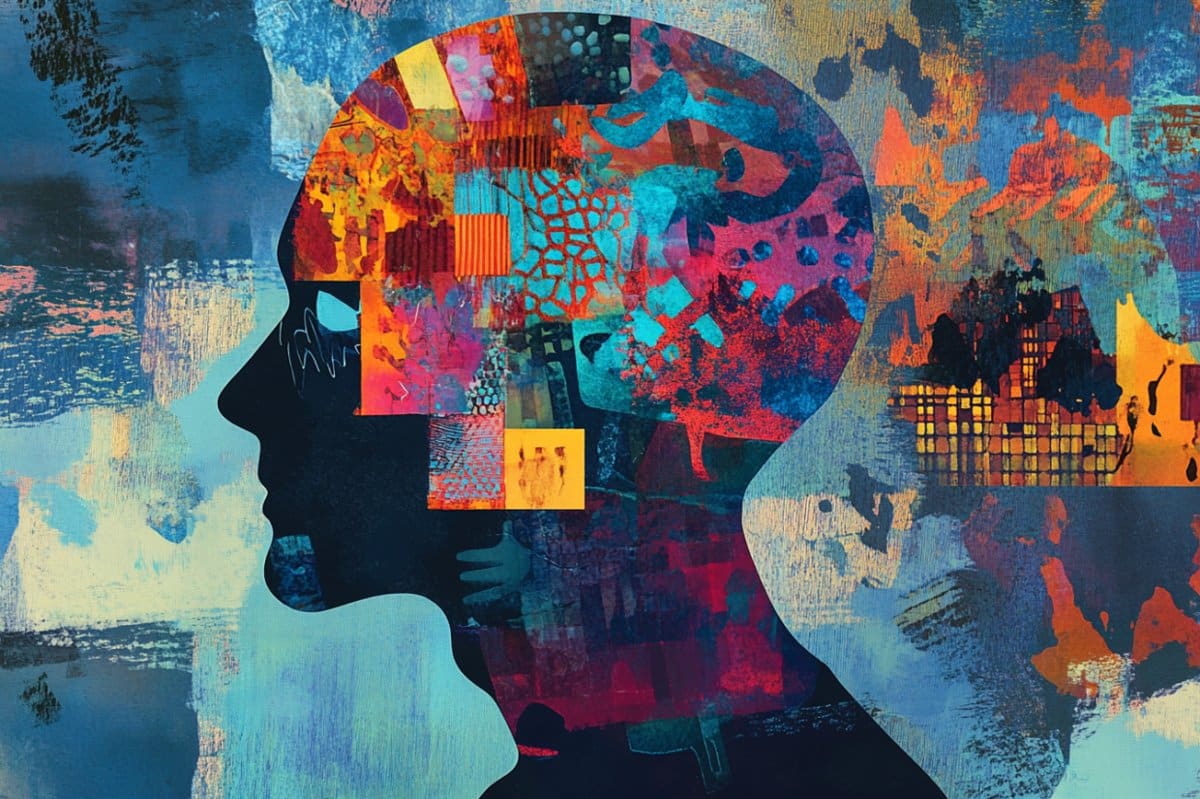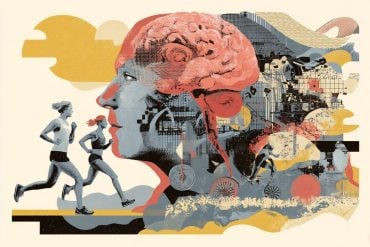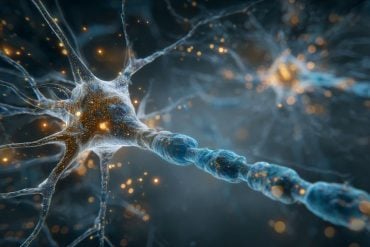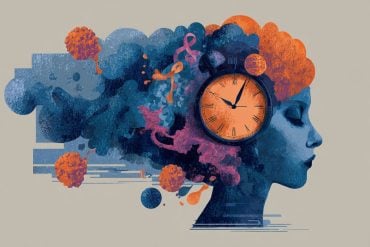Summary: A new study shows that having a vivid imagination—especially for visual details—may increase a person’s risk of developing posttraumatic stress disorder (PTSD) after trauma. In contrast, strong spatial memory skills, such as understanding where objects are located in space, may protect against PTSD symptoms, particularly in men.
Researchers surveyed over 1,000 trauma-exposed adults and students, revealing distinct roles of visual and spatial imagery in PTSD vulnerability. These findings could inform future strategies to identify and support at-risk individuals before PTSD develops.
Key Facts:
- Vivid Visual Imagery: Strong visual memory is linked to more PTSD symptoms.
- Spatial Resilience: Better spatial memory may reduce PTSD symptoms, especially in men.
- Predictive Potential: Imagery traits could help identify those most at risk after trauma.
Source: Baycrest
Trauma alone doesn’t cause posttraumatic stress disorder (PTSD) – how we process and imagine it plays a key role, according to new research.
A recent Baycrest study suggests that having a vivid visual imagery is linked to a greater risk of developing PTSD, in which debilitating mental health symptoms persist for more than one month following exposure to traumatic or highly stressful events.
This study is among the largest in providing high-quality evidence of this link and examining visual and spatial imagery as distinct features of memory.
“Most of us are exposed to trauma at some point, but only a minority of us develop PTSD,” said Dr. Brian Levine, Senior Scientist at the Rotman Research Institute, part of the Baycrest Academy for Research and Education (BARE), and senior author on this study, titled “The Curse of Imagery: Trait Object and Spatial Imagery Differentially Relate to Symptoms of Posttraumatic Stress Disorder” and published recently in Clinical Psychological Science.
“Our research will help us understand why some are resilient to this disorder whereas others are at risk. Our results could help improve treatments for individuals who are struggling with this disorder, improving their quality of life.”
In this study, led by Dr. Ryan Yeung, a postdoctoral fellow at BARE, 806 adults who reported having been exposed to trauma completed a series of online questionnaires about their mental health, trauma exposure, PTSD symptoms, and visual and spatial imagery.
The researchers then examined the relationship between PTSD symptoms and the strength of participants’ visual and spatial imagery. The findings were confirmed in a separate sample of 493 undergraduate students.
Visual imagery refers to physical features of scenes that evoke a sense of vividness, such as shapes and colours, while spatial imagery refers to the location of elements within scenes.
Main study findings:
- A more vivid visual imagery was linked to more PTSD symptoms across age and gender.
- A stronger spatial imagery was associated with fewer PTSD symptoms, although this relationship was confined to men in the undergraduate sample.
“The ability to vividly re-experience past events is usually beneficial, but our results indicate that it can make it harder to overcome the psychological after-effects of distressing or traumatic events,” said Dr. Levine.
“On the other hand, the better you are at navigating and recognizing where things fit in space, including in the ‘space’ of your life, the less likely you are to develop PTSD.”
Dr. Yeung added, “Considering individual differences in these aspects of memory could help us predict who may be at risk following exposure to trauma and provide them with the necessary support as early as possible.”
In future studies, the research team will examine these effects in longitudinal studies by testing paramedic students before and after occupational exposure to traumatic events. Additional studies will be conducted to determine the impact of gender and biological sex on imagery and PTSD.
Funding: This study was funded by the Canadian Institutes of Health Research and the Natural Sciences and Engineering Research Council of Canada.
About this PTSD and visual neuroscience research news
Author: Natasha Nacevski-Laird
Source: Baycrest
Contact: Natasha Nacevski-Laird – Baycrest
Image: The image is credited to Neuroscience News
Original Research: Closed access.
“The Curse of Imagery: Trait Object and Spatial Imagery Differentially Relate to Symptoms of Posttraumatic Stress Disorder” by Brian Levine et al. Clinical Psychological Science
Abstract
The Curse of Imagery: Trait Object and Spatial Imagery Differentially Relate to Symptoms of Posttraumatic Stress Disorder
Imagery is integral to autobiographical memory (AM). Past work has highlighted the benefits of high trait imagery on episodic AM, including faster, more detailed, and more vivid retrieval.
However, these advantages may come with drawbacks: Following potentially traumatic events, strong visual imagery could promote the intrusions characteristic of posttraumatic stress disorder (PTSD).
Conversely, spatial imagery could schematize potentially traumatic events, countering vivid recollection and reducing distress.
We examined relationships between trait object imagery (e.g., color, shape), spatial imagery (e.g., abstract representations, locations), and PTSD symptoms in two independent samples: trauma-exposed adults (n = 806) and undergraduates (n = 493). As predicted, higher object imagery was associated with more PTSD symptoms in both samples.
Higher spatial-schematic processing was associated with fewer PTSD symptoms in the trauma-exposed sample, although this effect was confined to men in the undergraduate sample.
Different forms of imagery have different—or even opposing—relationships with episodic AM that affect PTSD symptoms.







